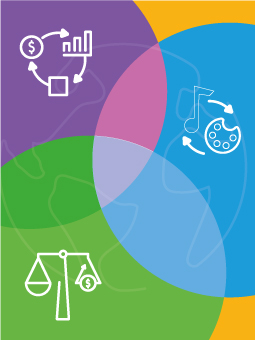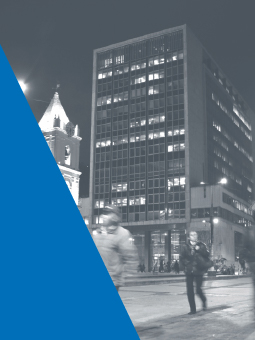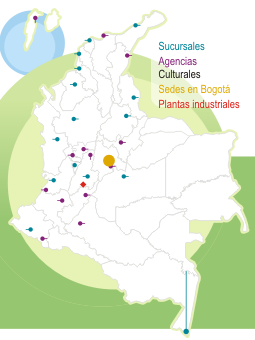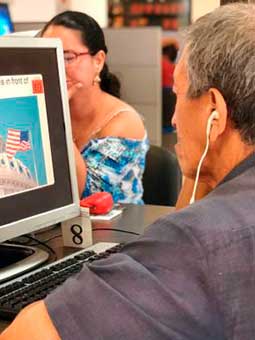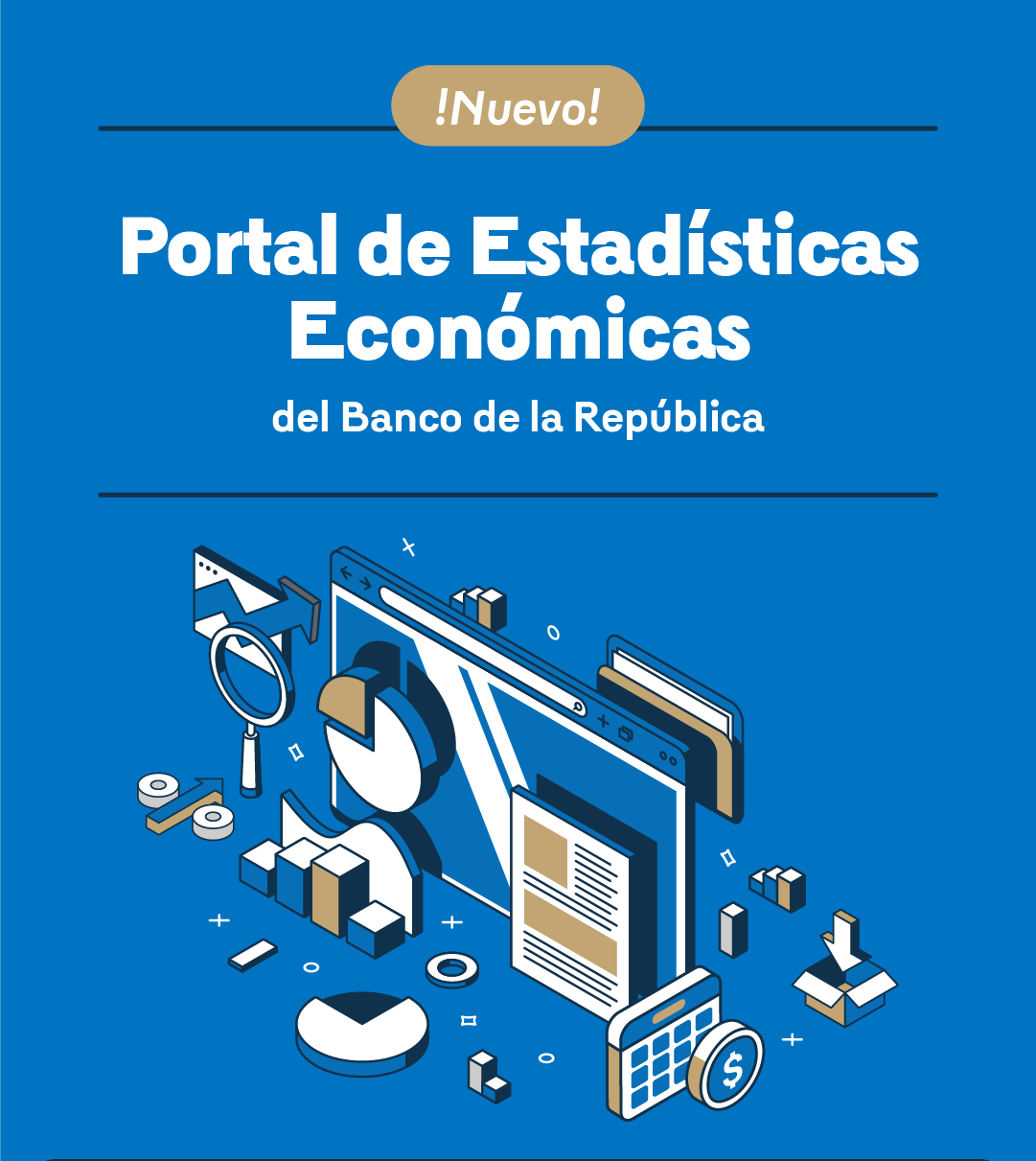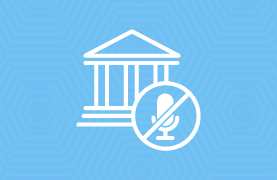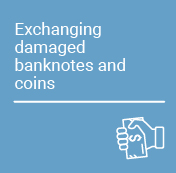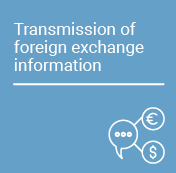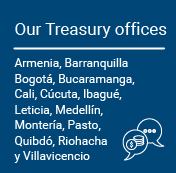Servicios
|
As of February 2022, the labor market showed signs of recovery with a sustained employment growth as seen in both household surveys and various administrative records. Different sources of information suggest that the level of employment is slightly above what it was before the pandemic. The…
|
|
As of November 2022, the Colombian labor market has stabilized. This is due to the heterogeneous dynamics between the urban and rural domains. In the first domain, employment continues to grow, while in the second, there have been contractions in recent months. Job losses in the rural area <are…
|
|
Abstract
Local labor markets in Colombia are exceptionally heterogeneous. In particular, the cities of the Caribbean region have higher labor informality and lower unemployment rates, compared to the rest of the country. This work is part of a research agenda on local labor markets in Colombia,…
|
|
A pseudo-panel was built to estimate the determinants of the labor participation decision of married women between 1984 and 2000. Past participation decisions, education level, labor income taxes, children between 1 and 2 years of age, and the presence of other people unemployed at home are the…
|
|
This paper explores the behavior of Colombia labour market flows. We focus on job creation and job destruction from the plant´s perspective, and on hiring and separations from the worker´s point of view. We show how these labour flows change across different dimensions such as, firm’s size,…
|
|
Employment and Unemployment Rates - Workforce Percentage
- National
- Seven Metropolitan Areas
- Thirteen Cities with their Metropolitan Areas
|
|
Formats
Employment and Unemployment Rates - Workforce Percentage
|
|
This study implements a regular vine copula methodology to evaluate the level of contagion among the exchange rates of six Latin American countries (Argentina, Brazil, Chile, Colombia, Mexico and Peru) from June 2005 to April 2012. We measure contagion in terms of tail dependence coefficients,…
|
|
Abstract
This paper proposes comprehensive measures of the Latin American business cycle that help to infer the expected deepness of recessions, and strength of expansions, as they unfold in real time. These measures are based on the largest country economies in the region by accounting for…
|
|
Banco de la República (the Central Bank of Colombia) makes available to the visitors of its website the new Economic Statistics Site, designed to enhance user experience by making it more dynamic, functional, and inclusive. This new site has been designed to serve the diverse profiles of users who…
|
|
This is how the country's external debt (both public and private) developed between January and March 2019.
|
|
As of May 2022, household surveys and administrative records show a dynamic labor market in which employment continues to grow rapidly. Overall, employment levels are similar to or higher than those recorded before the Covid-19 Pandemic. Employment is growing faster in the cities, and the salaried…
|
|
Learn more about Bre-B, the new interoperable instant payments ecosystem in Colombia, at the Payment System Forum session to be held on Wednesday, October 16 (only in Spanish).
|
|
Since: 1999 | Until: 2009
|
|
1. Legal FrameworkUnder its administrative and patrimonial autonomy, Banco de la República (the Central Bank of Colombia) has its own independent patrimony and is subject to its legal framework, contemplated in Articles 371 to 373 of the Political Constitution, Act 31 of 1992 and its Bylaws, issued…
|
|
1.
|
|
Law 22 of 1968[1] empowered the Government, through Banco de la República (the Central Bank of Colombia), to mint legal tender gold coins in the country or abroad to be put into circulation in Colombia. They could be distributed abroad for numismatic purposes. Likewise, it established that "The…
|
|
Law 22 of 1968[1] empowered the Government, through Banco de la República (the Central Bank of Colombia), to mint legal tender gold coins in the country or abroad to be put into circulation in Colombia. They could be distributed abroad for numismatic purposes. Likewise, it established that "The…
|
|
The Political Constitution of Colombia of 1991 (Constitución Política de Colombia de 1991 in Spanish) assigns to Banco de la República (the Central Bank of Colombia) the function of lender of last resort - (PUI in Spanish)” subject to the following restrictions (articles 371 and 373):
|
|
Leonardo Villar is the current Governor of the Colombian central bank, Banco de la República, since January 2021. Previously, Villar was Executive Director at the International Monetary Fund (IMF) for Spain, Mexico, Colombia, Venezuela and four Central American countries--Guatemala, Costa Rica,…
|
|
"Returning to this entity is one of the things that I find very exciting," said the new Governor, who was a member of the Board of Directors from 1997 to 2009.
This Monday, January 4, Leonardo Villar Gómez took office as the new Governor of Banco de la República. Upon taking office, the economist…
|
|
Today the Board of Directors of the Banco de la Republica chose the economist, Leonardo Villar Gómez, to be the new Governor of the Bank to replace Dr. Juan José Echavarría, who will be in office until January 3, 2021.
|
|
El pasado jueves 20 de mayo de 2021, Leonardo Villar, gerente general del Banco de la República, fue nombrado presidente de la Junta de Gobierno del Centro de Estudios Monetarios Latinoamericanos (CEMLA) para el periodo 2021-2023. Este es el segundo periodo consecutivo en el que el Banco…
|
|
SEACEN – CEMLA Conference “The Implementation of Monetary Policy: Lessons from the Crisis and Challenges for Coming Years”.
|






